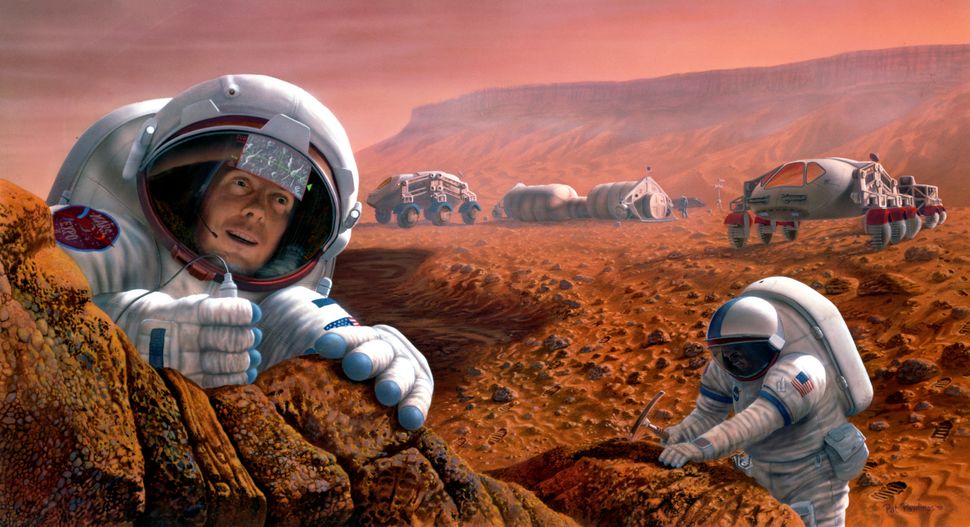Algae-Derived Bioplastic Successfully Completes Mars Pressure Test

In a groundbreaking advancement for sustainable space exploration, researchers have successfully cultivated algae within biodegradable bioplastic, simulating the harsh conditions of Mars. This innovative experiment aimed to assess the viability of polylactic acid materials in creating habitable environments on the Red Planet, where atmospheric pressure is significantly lower than that of Earth. The findings represent a significant leap toward developing self-sustaining habitats for future human missions, reducing the need for costly resupply missions from Earth.
Algae Flourish in Bioplastic Under Mars-Like Conditions
A study published in *Science Advances* reveals that a research team led by Robin Wordsworth from Harvard University has demonstrated the ability of the green algae Dunaliella tertiolecta to thrive and perform photosynthesis in 3D-printed chambers designed to mimic Mars’s thin, carbon dioxide-rich atmosphere. These bioplastic chambers not only shielded the algae from harmful ultraviolet radiation but also allowed sufficient light for photosynthetic activity. The innovative design stabilized liquid water through a pressure gradient, creating a more habitable environment for the algae.
Advantages of Bioplastics for Space Exploration
The researchers emphasized the benefits of using bioplastics over conventional industrial materials, which often pose challenges in recycling and transportation in space. Polylactic acid, being derived from natural sources, could potentially be produced or regenerated on-site using algae, thereby establishing a self-sustaining ecosystem. Wordsworth highlighted the potential of this approach, stating, “If you have a habitat that is composed of bioplastic and it grows algae within it, that algae could produce more bioplastic.” This concept could revolutionize how materials are utilized in extraterrestrial environments.
Future Prospects for Extraterrestrial Habitation
This recent experiment builds on previous research involving silica aerogels that simulated Earth’s greenhouse conditions. By integrating algae-based bioplastic systems for material regeneration with aerogels for thermal and atmospheric control, the team envisions a practical pathway to long-term habitation beyond Earth. The success of these chambers under Mars-like conditions strengthens the feasibility of using biologically sourced materials to support life in space.
Looking ahead, the researchers plan to test these systems under more extreme vacuum conditions, which could benefit human spaceflight and yield applications on Earth. Wordsworth believes that the technology developed through this research could have significant spinoff benefits, further enhancing our understanding and capabilities in sustainable space exploration.
Observer Voice is the one stop site for National, International news, Sports, Editor’s Choice, Art/culture contents, Quotes and much more. We also cover historical contents. Historical contents includes World History, Indian History, and what happened today. The website also covers Entertainment across the India and World.
Follow Us on Twitter, Instagram, Facebook, & LinkedIn

